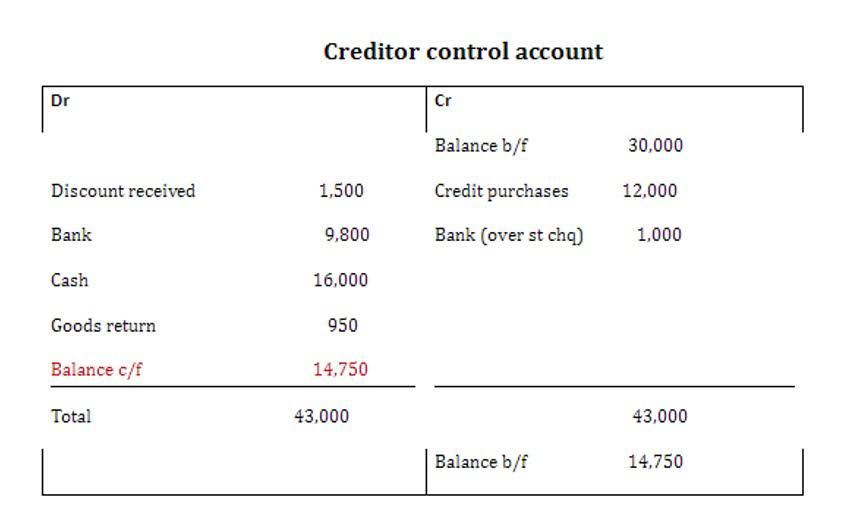
When the year’s revenues and gains exceed the expenses and losses, the corporation will have a positive net income which causes the balance in the Retained Earnings account to increase. You could also elect to record retained earnings on separate statement of retained earnings. It can reinvest this money into the business for expansion, operating expenses, research and development, acquisitions, launching new products, and more. The specific use of retained earnings depends on the company’s financial goals. Ultimately, the company’s management and board of directors decides how to use retained earnings.

Statement of retained earnings: What it is and example
Note that accumulation can lead to more severe consequences in the future. For example, if you don’t invest in projects or stimulate the interest of investors, your revenue can decrease. Below is a break down of subject weightings in the FMVA® financial analyst program.
Finance your business
But, instead of withdrawing the funds, they’re retaining the money to reinvest in the business or save to pay future dividends. Common examples of assets include cash, accounts receivable (money owed by customers), and inventory (raw materials or finished products for sale). Property, plant, and equipment, such as land, buildings, and machinery, are long-term assets used in operations. These items are is retained earnings an asset listed on a company’s balance sheet under the “Assets” section.
What is the retained earnings formula?

Such changes are reflected in the opening balances of equity accounts, maintaining transparency and consistency for stakeholders. Also, retained earnings are cumulative, whereas net profit is your company’s profit during a time period. The statement of retained earnings is a financial statement entirely devoted to calculating your retained earnings.

Trends in Income Retention and Asset Growth
When a company earns net income, it increases retained earnings, assuming dividends are not paid out. Conversely, if a company incurs a net loss, retained earnings decrease, as the company’s accumulated profits are effectively reduced. This means that retained earnings cannot be used or converted directly into goods or services. Instead, the company must use retained earnings by investing in assets or operations that will generate future income. From the perspective of a financial analyst, retained earnings are a sign of a company’s maturity and confidence in its operational capabilities.
The major financial statements that a company produces on a regular basis report on these five account types. The Balance Sheet shows the relationship between Assets, Liabilities, and Equity, where assets normally maintain a positive balance and equity and liabilities maintain a negative balance. This figure is incredibly important to trade, alongside both assets gross vs net and liabilities. Conversely, a Limited Liability Company (LLC), for example, would leave a shareholder not liable for a company’s debt.
These earnings might be used to purchase assets, pay off debts, or fund research and development, but retained earnings themselves are not an economic resource. They are an accounting entry reflecting the company’s accumulated profits less dividends paid out. Retained earnings are a type of equity and are therefore reported in the shareholders’ equity section of the balance sheet. Although retained earnings are not https://supremegutters.co.za/2020/10/05/8-best-accounting-software-for-independent/ themselves an asset, they can be used to purchase assets such as inventory, equipment, or other investments.
- Examples of these items include sales revenue, cost of goods sold, depreciation, and other operating expenses.
- You can use this calculator to figure out your retained earnings account’s balance at the end of your accounting period.
- As noted, they can fund ongoing operations, growth, R&D, mergers and acquisitions, or they can be saved to build financial resilience.
- You could also elect to record retained earnings on separate statement of retained earnings.
- Many individuals assume these accumulated profits represent a direct cash reserve or a debt owed by the company.
- Retained are part of your total assets, though—so you’ll include them alongside your other liabilities if you use the equation above.

It’s important to calculate retained earnings at the end of every accounting period. Instead, they reallocate a portion of the RE to common stock and additional paid-in capital accounts. This allocation does not impact the overall size of the company’s balance sheet, but it does decrease the value of stocks per share. It reconciles the beginning balance of net income or loss for the period, subtracts dividends paid to shareholders and provides the ending balance of retained earnings. Overall, retained earnings include all profits or losses a company has made since the beginning.
- That net income lets the company distribute money to shareholders or use it to invest in its own growth.
- You must adjust your retained earnings account whenever you create a journal entry that raises or lowers a revenue or expense account.
- This means that retained earnings typically increase with credits and decrease with debits.
- The higher the retained earnings of a company, the stronger sign of its financial health.
Unlike taking on debt or issuing new stock, using retained earnings to finance growth avoids interest expenses and maintains existing shareholders’ ownership percentages. Partnerships are similar to sole proprietorships in that profits pass through directly to partners according to their agreed profit-sharing arrangements. The retained earnings concept is less distinct here, although partners may decide to leave profits in the business to fund growth. However, this is reflected as changes in partners’ capital accounts rather than a retained earnings account. Understanding the difference between these two is important for assessing a company’s financial condition.

Statement of retained earnings
In the next accounting cycle, the RE ending balance from the previous accounting period will now become the retained earnings beginning balance. Retained Earnings are reported on the balance sheet under the shareholder’s equity section at the end of each accounting period. To calculate RE, the beginning RE balance is added to the net income or reduced by a net loss and then dividend payouts are subtracted.










